There is no doubt that street food can be questionable. It might not have the same visible hygiene as your favorite high-end restaurant, often confusing tourists on whether they should opt for that convenient and cheap meal. So, is street food safe to eat in Thailand?
Contrary to all assumptions, street food in Thailand is no riskier than eating a famous cuisine. You are just as likely to get food poisoning from a luxury restaurant. The only difference with street food is that you can see the food being prepared right before you.
This article will discuss why Thailand’s street food is safe to consume, as long as you follow a local guide to healthy eating.
Thai street food is cheap yet incredibly delicious; a typical Thai meal will cost you around 30-100 baht ($1-3). Walking around the city, you will come across various street vendors servicing snacks, drinks, and meals; noodles, grilled pork, fried dishes, smoothies, and fruits are some of the popular options.
Is Street Food Safe? Watch Your Food Being Cooked
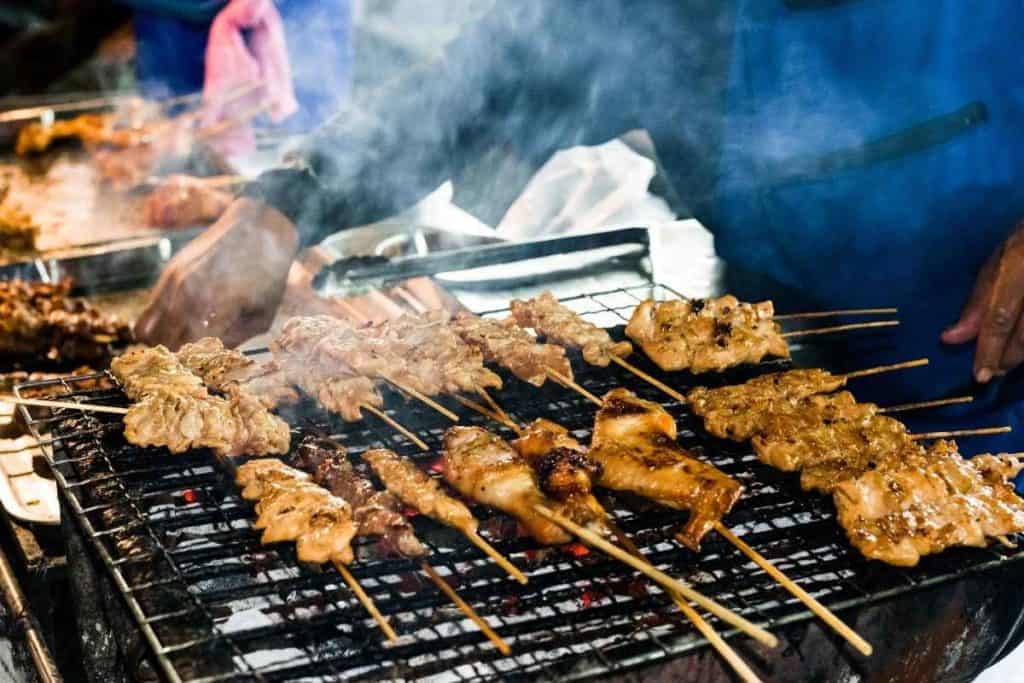
One of the essential elements of the culinary world involves sanitary precautions and ingredients. As humans, we strive for food that not only makes us complete but is healthy for us to consume; allergies, diseases, and even pandemics are factors that have us second-guessing our meal choices. One of the most significant advantages of street food is that we can see what is happening before our eyes.
High-end restaurants are well-known for meeting the standards of the elite class; air-conditioning, a pleasing aroma, classical music, luxurious menus, expensive cutlery, and food presentation are elements that qualify to be pristine. The only difference is that we cannot see how the food is prepared and whether or not we will get what we asked for until it reaches our table.
In Thailand, most street vendors make fresh food that is made just before us. All food is cut, grilled, and seasoned right in front of the customers. This way, locals and tourists can see the ingredients used and whether or not the worker took precautionary measures, washed their hands, or touched something terrible. Additionally, this allows the customer to see if the dishes and utensils being used are clean.
Street vendors in Thailand usually consist of 1-2 people per stall, so it is essential to witness how the worker interacts with other customers; do they touch the money with the same hands that were preparing the food? Small interactions like such can give context to how cautious the street vendor is.
What You Should Stay Cautious Of When Eating Street Food
Although most street vendors provide healthy alternatives such as ice cream, waffles, crackers, and chips, vegetables and fruit can easily carry bacteria. It is safer to buy fruits that come with a peel; dragon fruit, mangosteen, and pineapple are examples.
Another essential element is the temperature; you must adequately heat all meals to avoid uncooked food. The longer you wait, the larger the risk; eat cooked foods as soon as they come off the heat, near or above 60 degrees Fahrenheit.
Tourists are also quick to question the spiciness of Thai foods, which is why street vendors make it more easily convenient for the customers to tell the server what level of spice they prefer.
Additionally, it is better to avoid juices and smoothies commonly made of tap water; factory-produced ice is available at some stalls. Moreover, sauces are additional condiments offered at stalls; these are not always fresh as they are meant to be refrigerated.
Lastly, you should consider eating small amounts or simple dishes if you worry about getting sick. Street vendors have a variety of options and size requirements, such as snacks, appetizers, and meals. You can always opt for a smaller meal when taste-testing; some might offer you a taste of their food anyways.
Stay Safe by Finding Popular Stalls That Specialize in Dishes
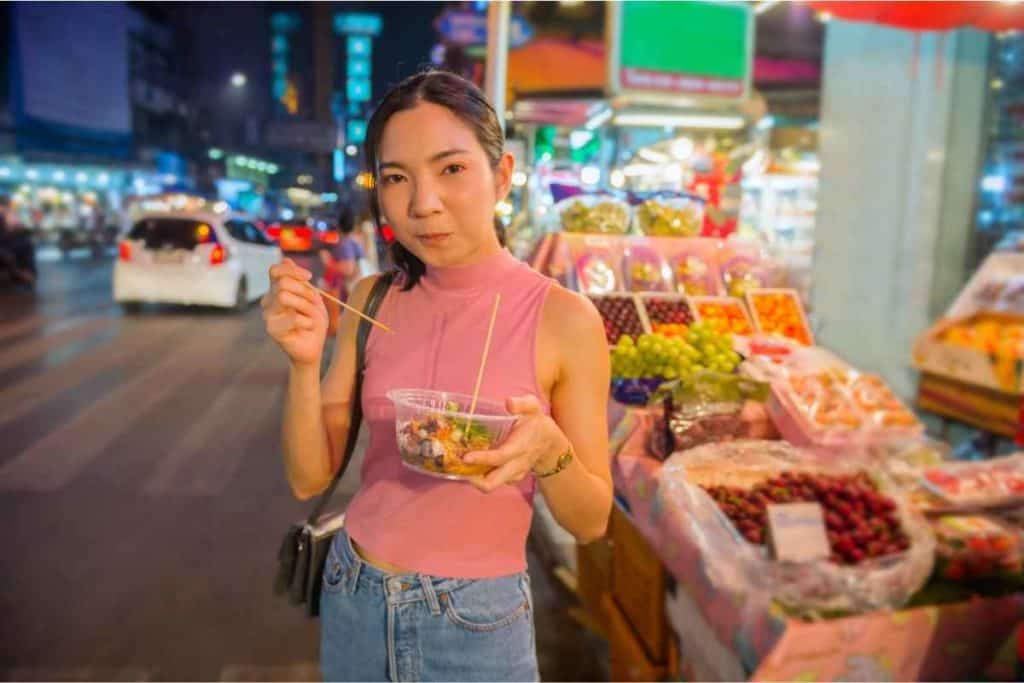
Locals are experienced in knowing the best and safest places to eat. You will find that thousands of people prefer street food; it is one of the most convenient places to eat, especially for lower-income or employees who only have short lunch breaks from work.
Many are quick to know what dishes have been sitting there for hours or those made fresh. It is best to follow in their footsteps and see what most locals prefer to eat on a daily basis.
When looking for street vendors in Thailand, consider the local time that people generally go to eat. If you are a tourist looking to experiment, you might have the freshest food during those three meal periods – keeping in mind that Thai’s eat rather early.
Another essential element is looking for street vendors that specialize in one to two dishes. This means that they will be working with the same ingredients and materials throughout their business; food will be made fresh and healthy, and full attention will be given to those specific meals.
Remember that not all food vendors are the same; if you go to the more poor areas of the city, you will not find the same attraction as those who specialize in the tourism business.
Popular tourist food vendors are found in Khao San Road, Soi Cowboy, and Patpong. Some of these even offer you the opportunity to cook the food on your own. However, many of these markets are famous for providing unique foods such as scorpions, crickets, and forms – not an option for the faint-hearted.
8 Famous Street Food Dishes You Should Try
With a bewildering variety of food options, Thailand is the world’s top destination for street food. Thai’s are well known for incorporating ingredients such as lemon grade, fish sauce, and using a lot of limes and chilies within their meals. If you are a tourist looking to try some of the best dishes, here are just a few promising options:
1. Papaya Salad
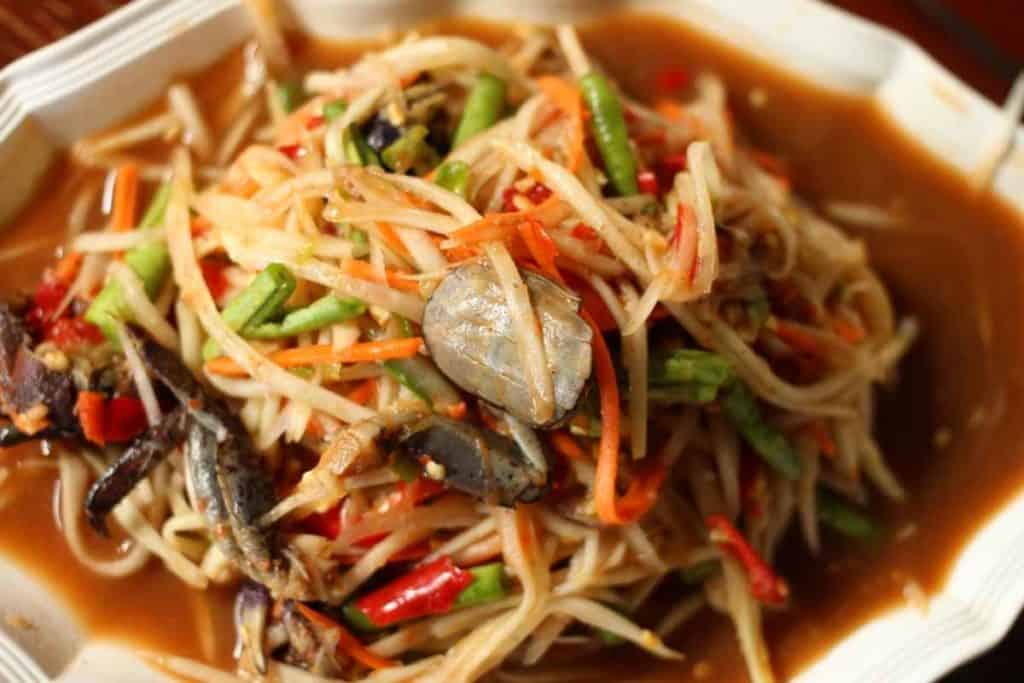
Papaya Salad is a spicy salad made from shredded unripe papaya. It originates from ethnic Lao people and is a common Thai cuisine. Known as one of the healthiest foods in the country, it contains a large number of vegetables, fresh herbs, spices, and lean proteins. Regardless, Thai dishes are always high in defined cards, sugars, and salt.
Som Tam is a popular green papaya salad; it has the benefits of any vegetable salad and is full of fiber and minerals.
2. Pad Thai
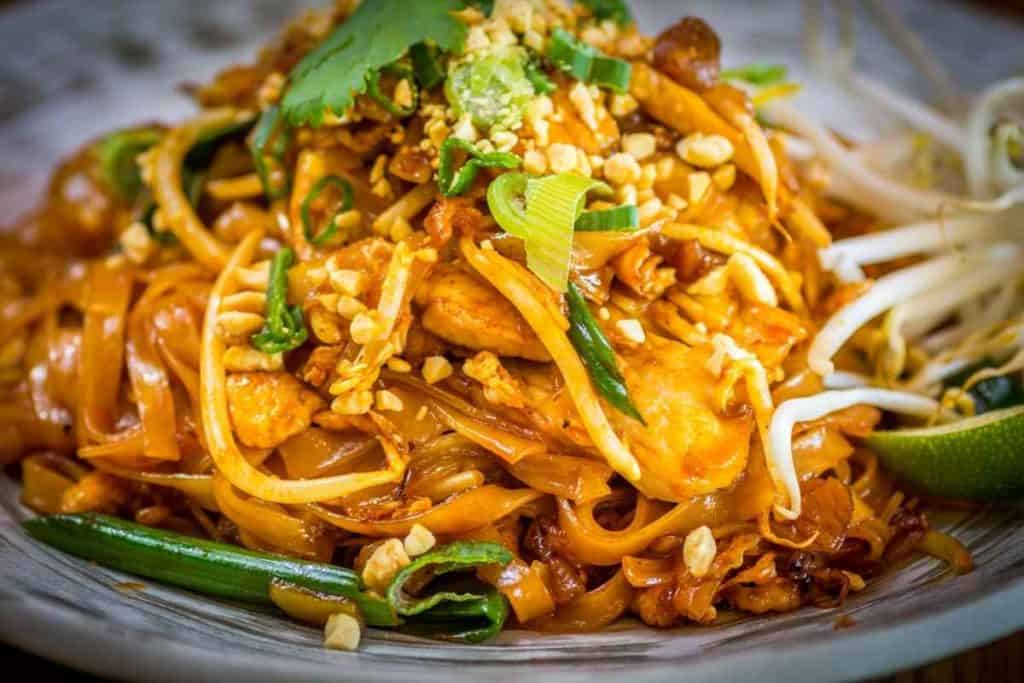
Pad Thai is a traditional meal consisting of fried Thai noodles. This is the most famous street food made of stir-fried rice noodles, tamarind, tofu, shrimp, shallots, fish sauce, palm sugar, lime, red chili peppers, peanuts, and vegetables.
The flavor of the dish is centered around a sweet-savory fusion. It is salty, nutty, and sweet. They also come in different varieties with some using fish, others chicken, and even tofu.
3. Khao Pad
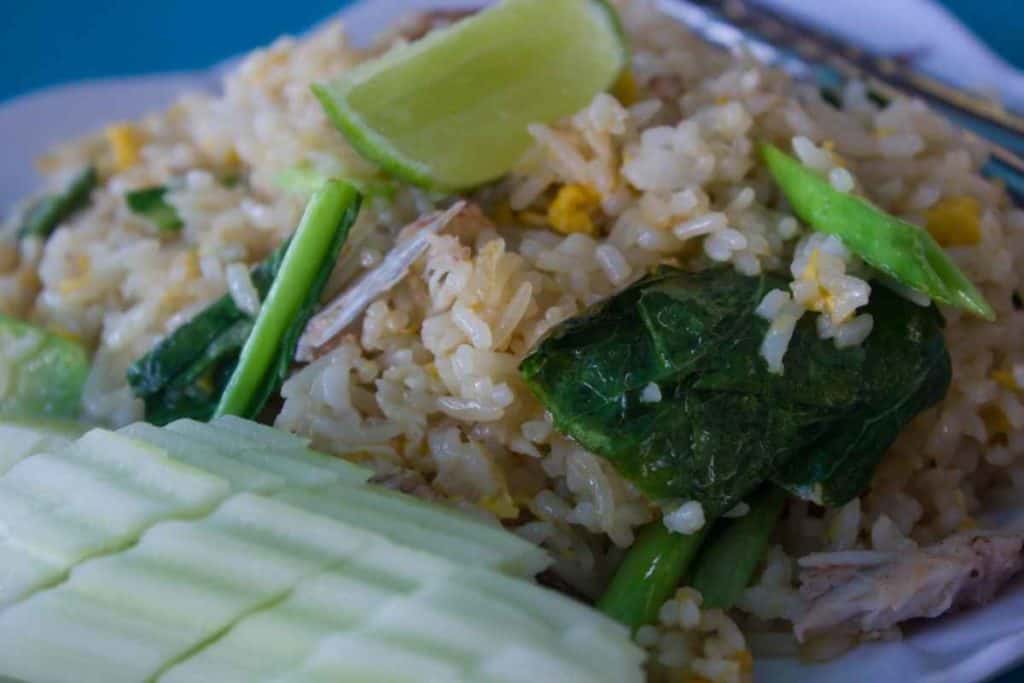
Kaho Pad is famous Thai jasmine rice; it includes meat, soy sauce, fish sauce, salt, sugar, chili, and vegetables. Known as a famous side dish, it is a typical restaurant and street food; it is a blend of seafood, meats, and rice cooked in oil.
4. Khao Soi
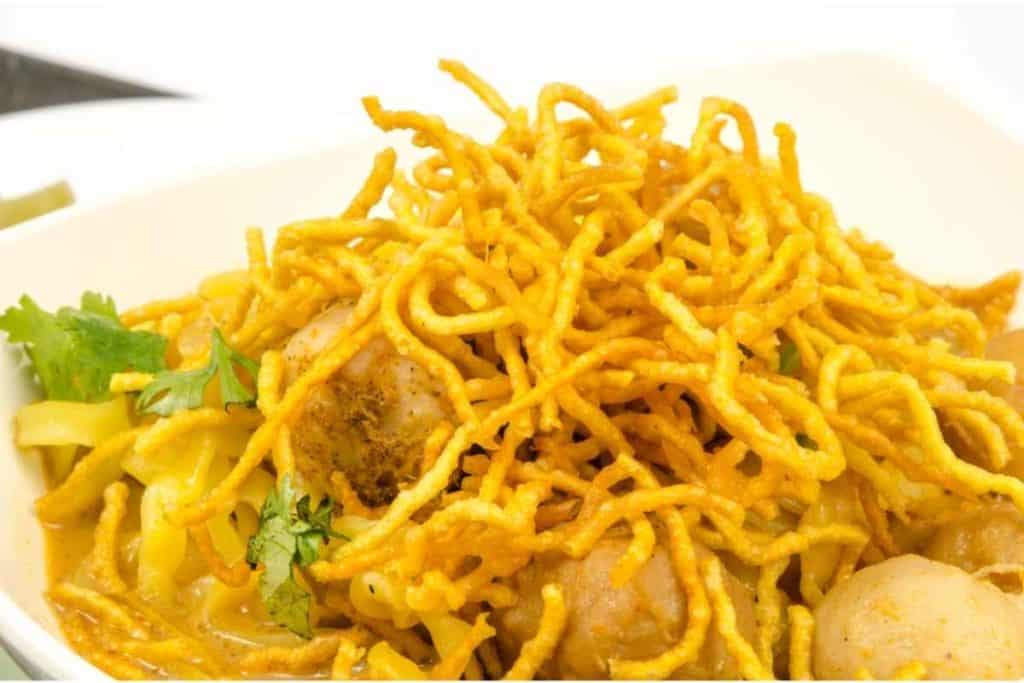
Khao Soi is a bowl of egg noodles, served with children in a curry soup. This is a unique dish that Myanmar has influenced across the border. It is popularly eaten in the roadside stalls of Chiang Mai.
5. Thai Omelette
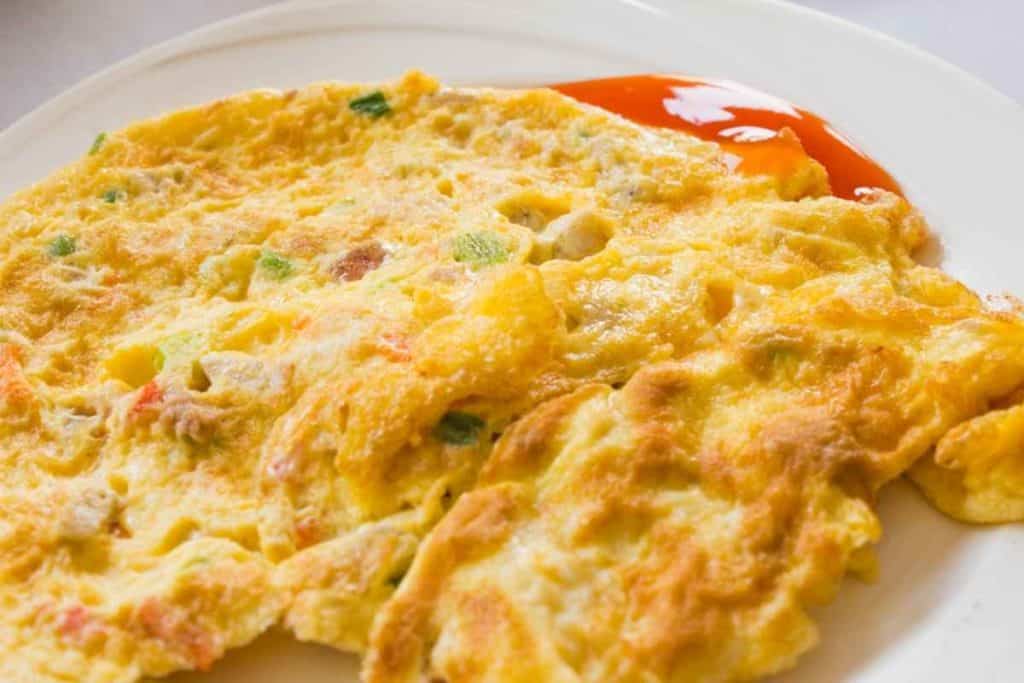
A super simple dish is the breakfast Thai omelet; it is also eaten as a snack. While adding fish sauce and sweet chili for more flavor, this is one of the country’s most popular and cheap breakfasts.
6. Poh Pia Tod
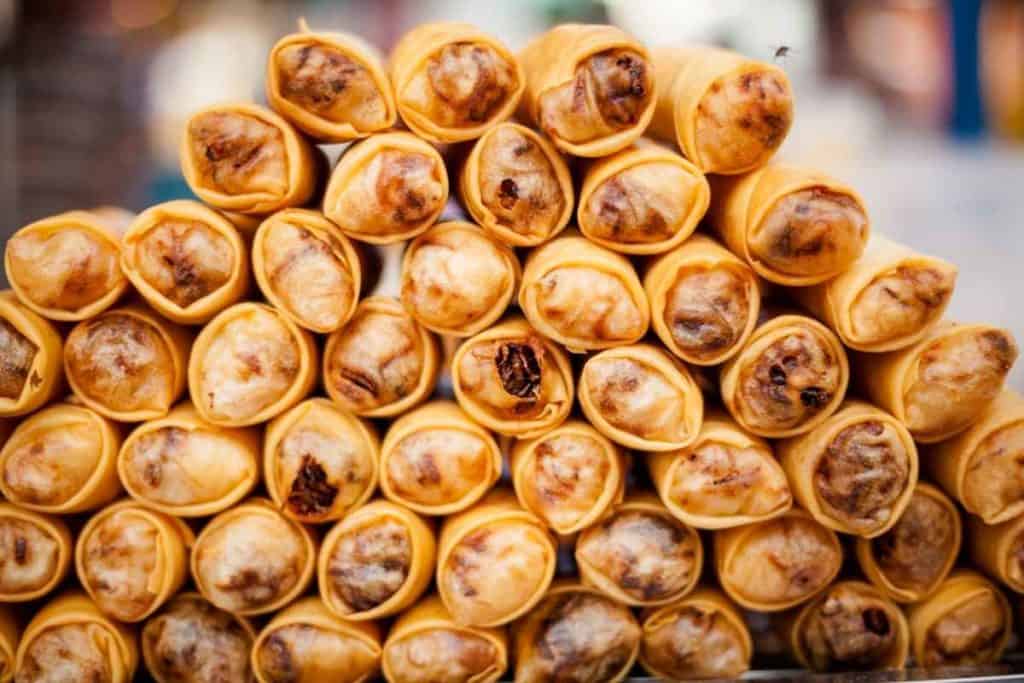
Poh Pia Tod is Thailand’s most popular spring roll; they come in various fillings like vegetables, rice noodles, and meat.
7. Guay Tiew Nam Kohn
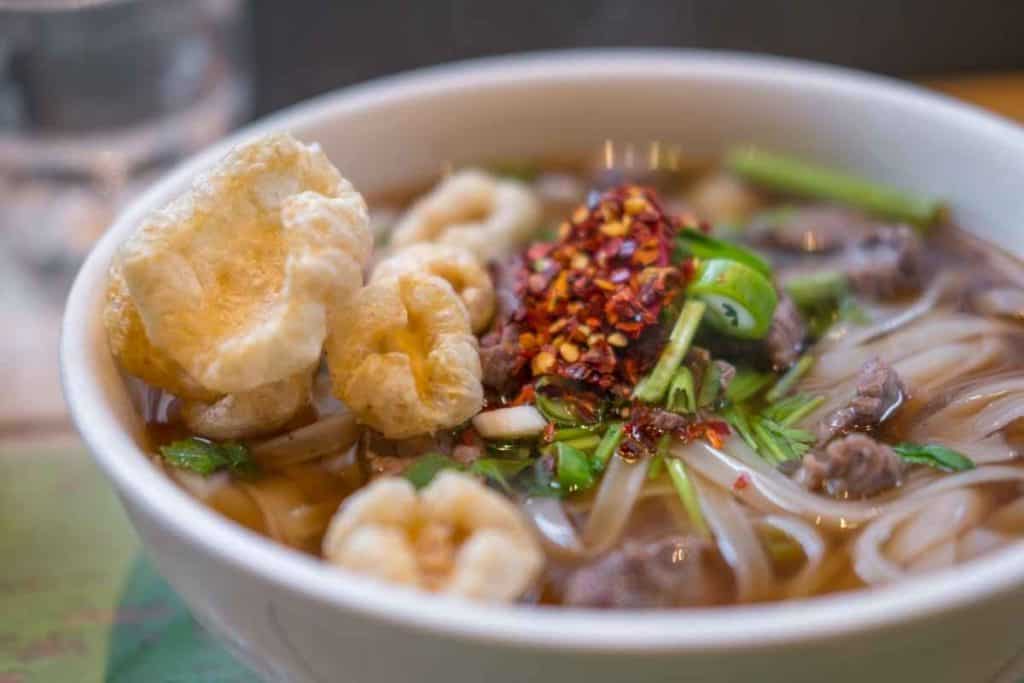
Guay Tiew Nam Kohn is Thai beef noodles. Served as a mixture of light broth and egg noodles, these are famous all across East Asia. It was adapted from a Chinese cuisine that Thai’s recreated with their own style; they also use meatballs, dumplings, roast pork, and egg pastry as their essential components.
8. Mango Sticky Rice and Coconut Ice Cream
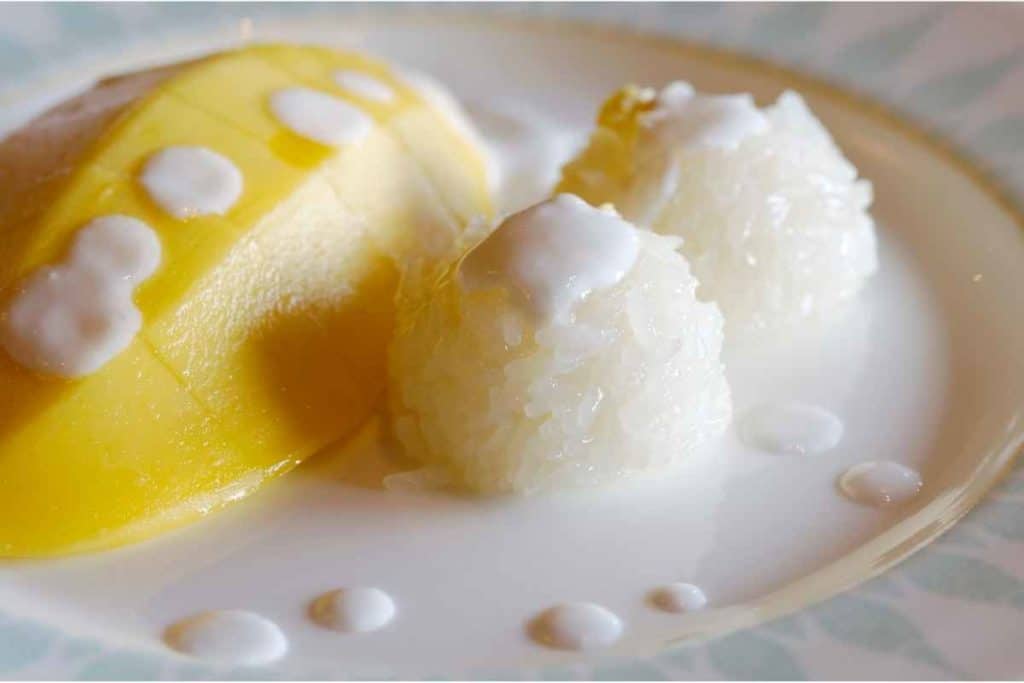
If you are looking for something sweet, mango sticky rice and coconut ice cream are the two top traditional desserts for those with a sweet tooth. Mango sticky rice originated from Thailand, where South and Southeast Asians enjoy the conventional meal, also referred to as Khao Neow Ma Muang; a traditional summer dessert made of coconut milk, sugar/palm sugar, mangoes, and rice.
Coconuts also contribute to Thailand’s economy and are used in a variety of dishes and drinks. They also served as an essential economic crop in Thailand for centuries; the milk refreshers are known to provide essential fiber.
How the Government is Working to Make Street Food Even Safer
The Food and Agriculture Organization of the United Nations recently worked under the World Health Organization (WHO) to discuss the improvement of Thailand’s street vendors. It was found that most locals do not have the time to cook home meals or commute long distances during work hours. For this reason, thousands of locals are dependent on street stalls. This is a plus for the tourism business, where foreigners can get a taste of Thailand’s unique culture while walking down the streets.
The international help ensures that there would be good sanitation of all street vendors in Thailand, especially since its initiation in 1989. The Department of Health and Ministry of Public Health, alongside the Tourism Authority of Thailand, is working to initiate the “Clean Food Good Taste” project.
The project is designed to:
- Reduce the risk of food-borne diseases
- Promote clean and sanitary food services
- Support local authorities and tourists in managing safe food to be consumed
The project also provides a few safety tips for tourists and locals who regularly visit or are new to street food.
- Always visit busy restaurants: stalls with more attention are also quick to finish with their food supply, so they always come with fresh ingredients.
- Ask questions before you order: mention any allergies, spiciness levels, or whether you require something to be without MSG, halal, less sweet, or not sweet.
- Aim for stalls that are not crawling with flies.
- Avoid drinking water other than bottled water with the concern of poorly produced ice or use of tap water.
- Pick clean stalls; do not risk unsanitary precautions for the sake of a quick bite.
- Always bring medicine from home. Additionally, Thai pharmacies offer cheap alternatives, but this can become difficult to ask for with the language barrier.
- Maybe don’t go for food experimentation right before a flight!
Conclusion
All in all, street food can be a questionable option, but ultimately it’s mostly safe, as long as you take the proper precautions. Like many other countries, Thailand is not the cleanest in the world; however, they are working under initiatives and challenges to adapt to the changing generation.
Especially since the rise of the pandemic, it has been an immense challenge for the government to make street vendors even cleaner than they were before. As street vendors continue to fight for their place, they are working to improve their sanitary standards.
As the tourism business is soon to open up again, all food must be tasty and presentable. It all depends on picking the right stall and being open to communication and change. Ultimately, it comes down to making intelligent decisions for food choices. One wrong decision can get you sick from anywhere!
THINKING ABOUT A TRIP TO THAILAND?
I am working on a FREE Thailand Travel Guide with a FULL 7 Day Itinerary. Be the first to receive it!
Thank you for signing up.
Something went wrong.
